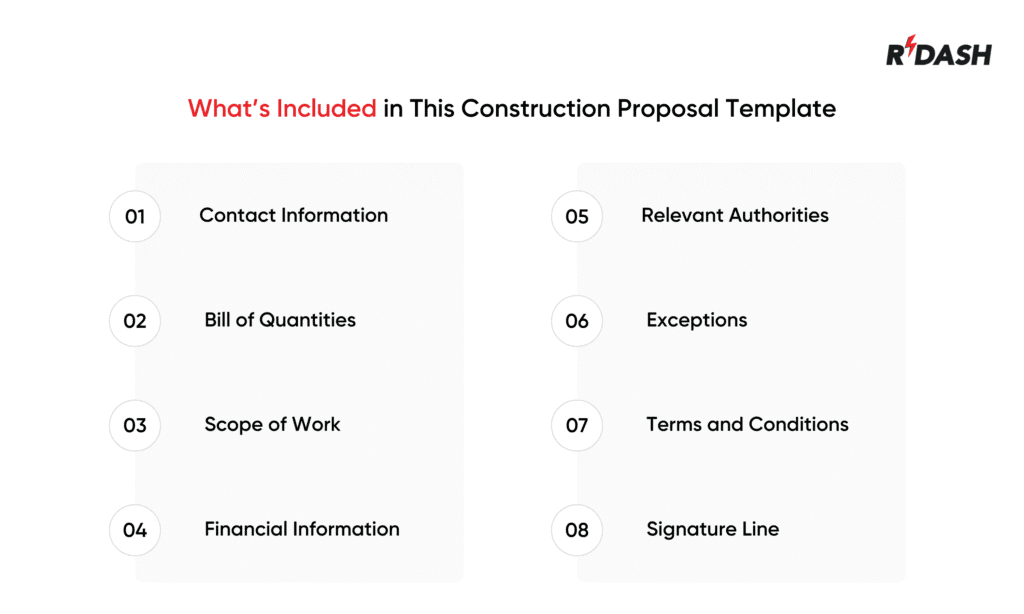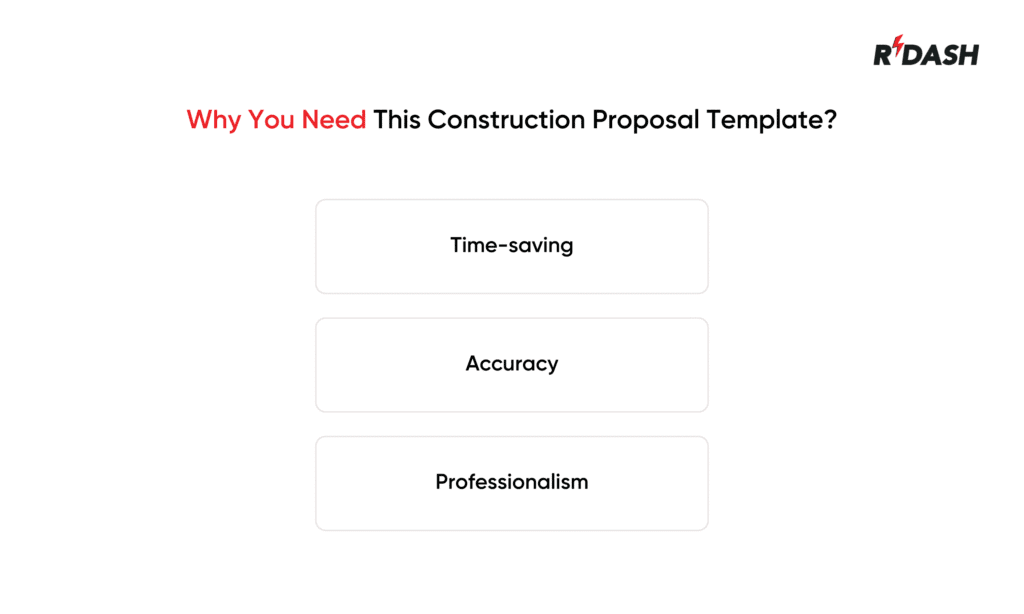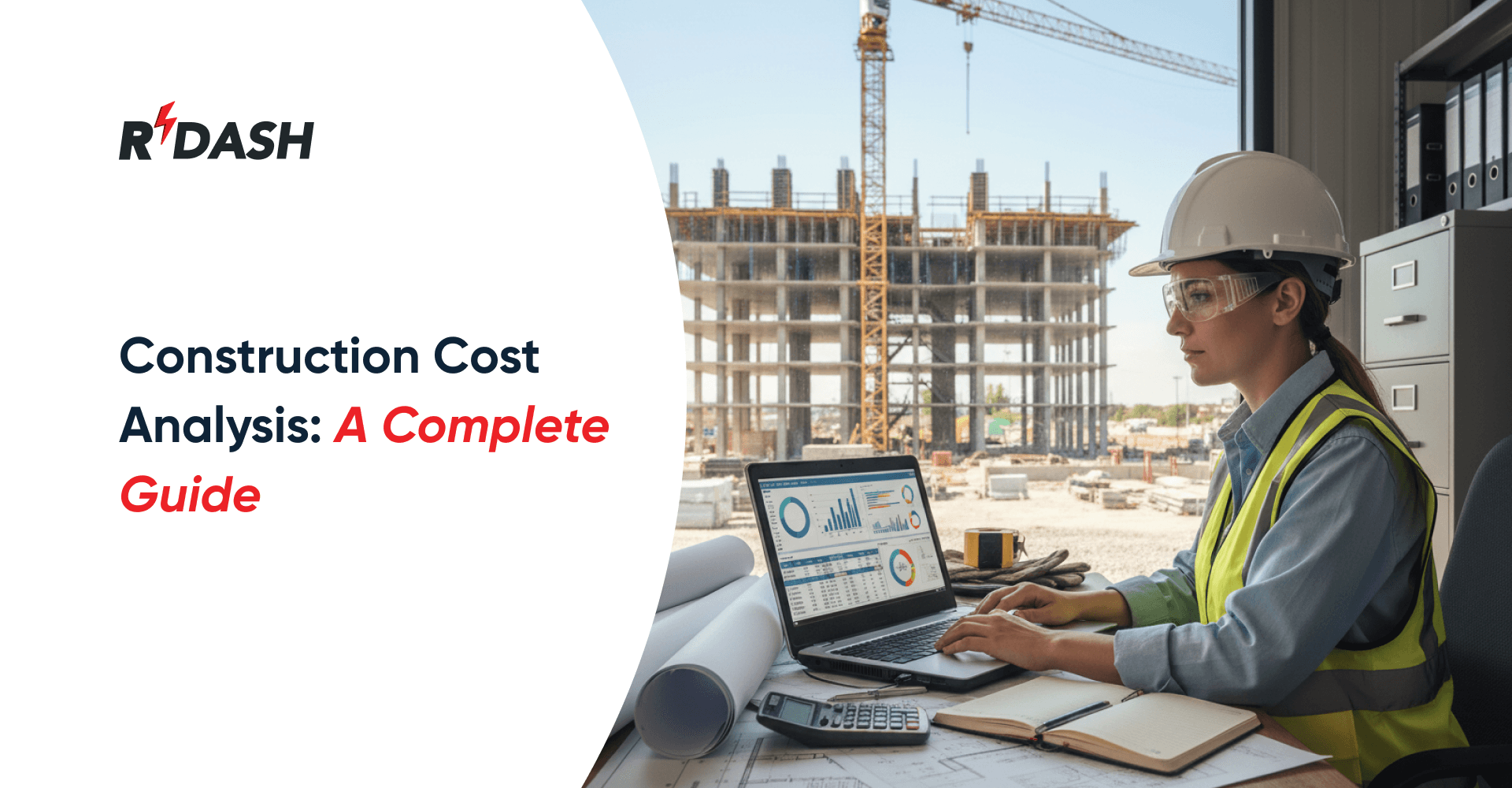What Is a Construction Proposal?
A construction proposal is a formal document prepared by a contractor to present a detailed plan for carrying out a construction project. It outlines everything from the work that needs to be done, the estimated costs, the projected timeline, and the terms both parties agree to follow.
The primary purpose of the proposal is to provide a clear roadmap for the project. It ensures that all parties – including contractors, project owners, and clients – have a shared understanding of what will be done, how long it will take, and how much it will cost. A well-structured proposal not only provides clarity but also helps build trust with clients. It sets expectations, reduces misunderstandings, and minimizes the chance of unexpected surprises during the project’s execution.
Furthermore, a strong proposal increases the chances of winning the contract because it demonstrates professionalism and careful planning. Clients are more likely to choose a contractor who provides a detailed and transparent proposal over one that offers vague or incomplete information.
What’s Included in This Construction Proposal Template
Using a construction proposal template or a construction bid template is one of the best ways to ensure that all necessary information is captured and nothing is overlooked. It provides a clear and organized structure for the proposal. Below are the key sections that should be included in a typical construction bid template:

1. Contact Information
This section includes all the relevant contact details for both the contractor and the client. It should have the names, addresses, phone numbers, and emails. Having this information clearly stated at the beginning makes it easy to reach the right people for questions or clarification during the project.
2. Bill of Quantities (BoQ)
The Bill of Quantities (BoQ) is an essential part of the proposal. It provides a detailed breakdown of all materials, labor, and equipment required for the project. Each item is listed with its quantity and estimated cost, giving the client a clear understanding of what they are paying for. This transparency helps avoid hidden costs later on and establishes trust.
3. Scope of Work
The scope of work clearly outlines the specific tasks to be completed during the project. It should be detailed and precise so that everyone involved knows what is included and, just as importantly, what is not included. A well-defined scope helps prevent confusion and ensures the project stays within agreed boundaries.
4. Financial Information
This section provides a detailed breakdown of all costs involved in the project. It includes expenses for labor, materials, and equipment. It should also include payment terms, such as how much is due upfront, how payments will be made during the project, and when the final payment will be due.
5. Relevant Authorities
This part outlines any permits, inspections, or approvals required for the project according to local regulations. By mentioning these requirements, the proposal ensures the client understands that all work will comply with legal standards and that the necessary approvals will be obtained before work begins.
6. Project Schedule
The project schedule outlines when the work will start and end. It also highlights important milestones during the project, such as specific deliverables or phases that need to be completed by certain dates. This section helps clients understand the project’s timeline and when they can expect progress.
7. Exceptions
In some cases, certain tasks or elements may not be included in the project’s scope. The exceptions section lists any work or costs not covered in the proposal. This is important for managing expectations and avoiding disputes if additional work is needed later on.
8. Terms and Conditions
The terms and conditions section covers the rules and regulations that both the contractor and the client agree to follow during the project. This could include payment schedules, warranties, dispute resolution methods, and other important contractual details that protect both parties.
9. Signature Line
Finally, the proposal ends with a signature line where both the contractor and client sign. Once both parties sign, the proposal becomes a legally binding contract, giving confidence that the project will move forward as planned. The signature also shows agreement with all the terms and conditions laid out in the proposal.
Who Is This Construction Bid Template For?
The construction bid template is useful for:
- Construction Companies: Helps contractors present their work clearly and professionally.
- Project Owners: Provides a detailed cost breakdown and helps them understand the scope of the project.
- General Contractors: Ensures all aspects of the project, including timelines and materials, are covered.
- Construction Project Managers: Helps organize and streamline the entire process, keeping everything in one place.
Why You Need This Construction Proposal Template
Using a construction proposal template has several key benefits:

- Time-saving: It reduces the time spent creating proposals from scratch.
- Accuracy: Ensures that all necessary details are included, preventing errors or missing information.
- Professionalism: A well-structured proposal shows clients that you are organized, thorough, and reliable.
By using a construction proposal template, contractors can save time, reduce errors, and ensure that clients have all the information they need to make an informed decision.







